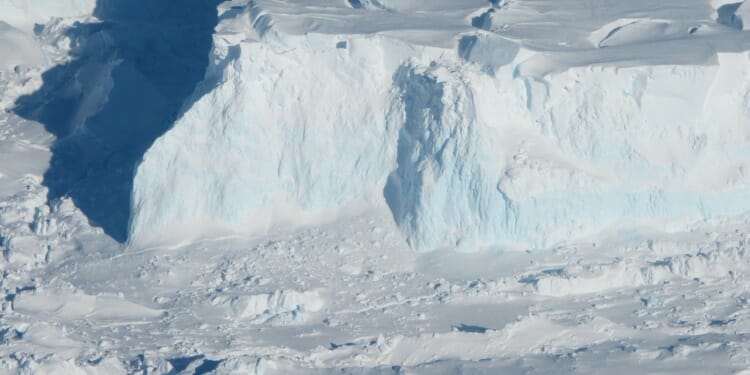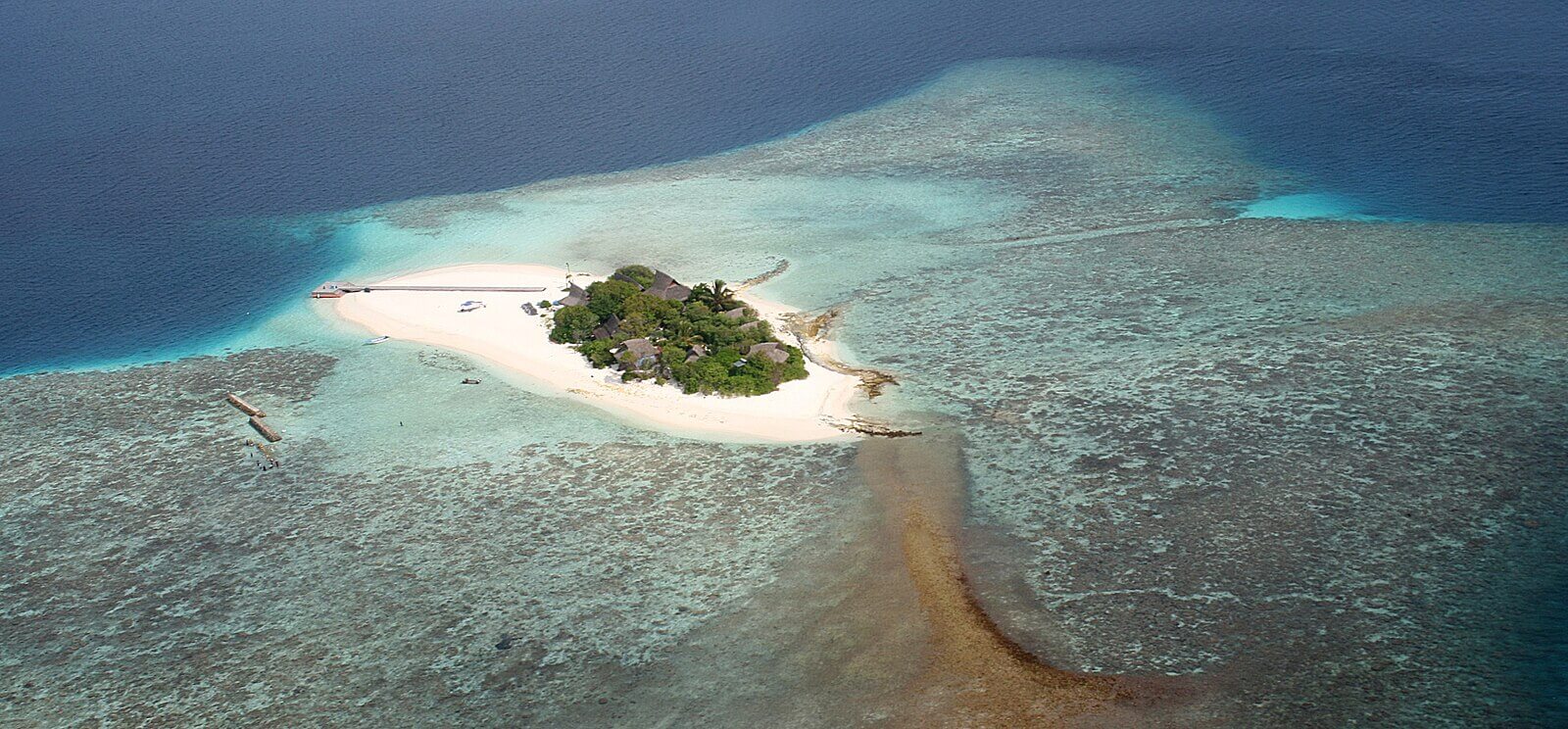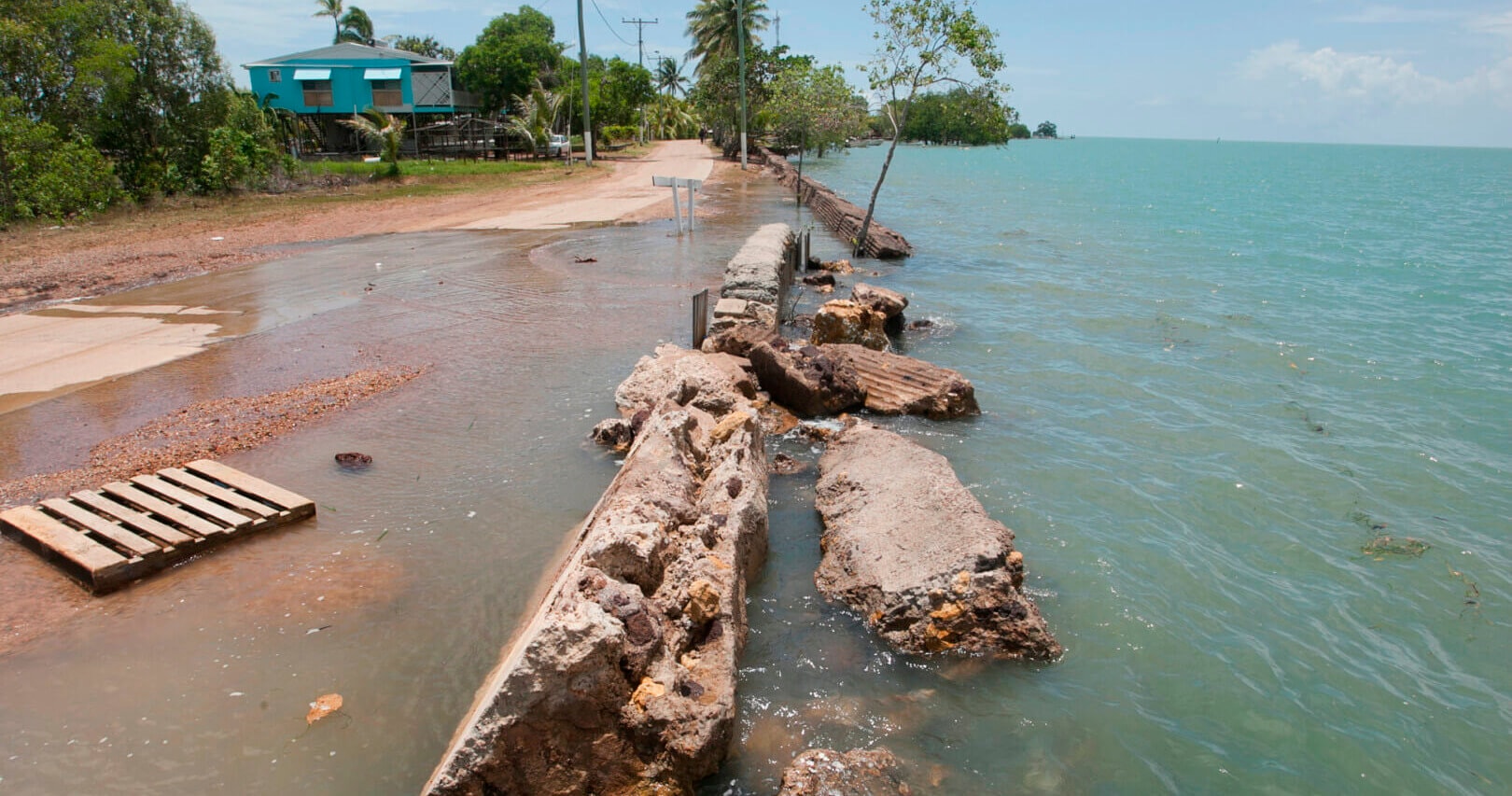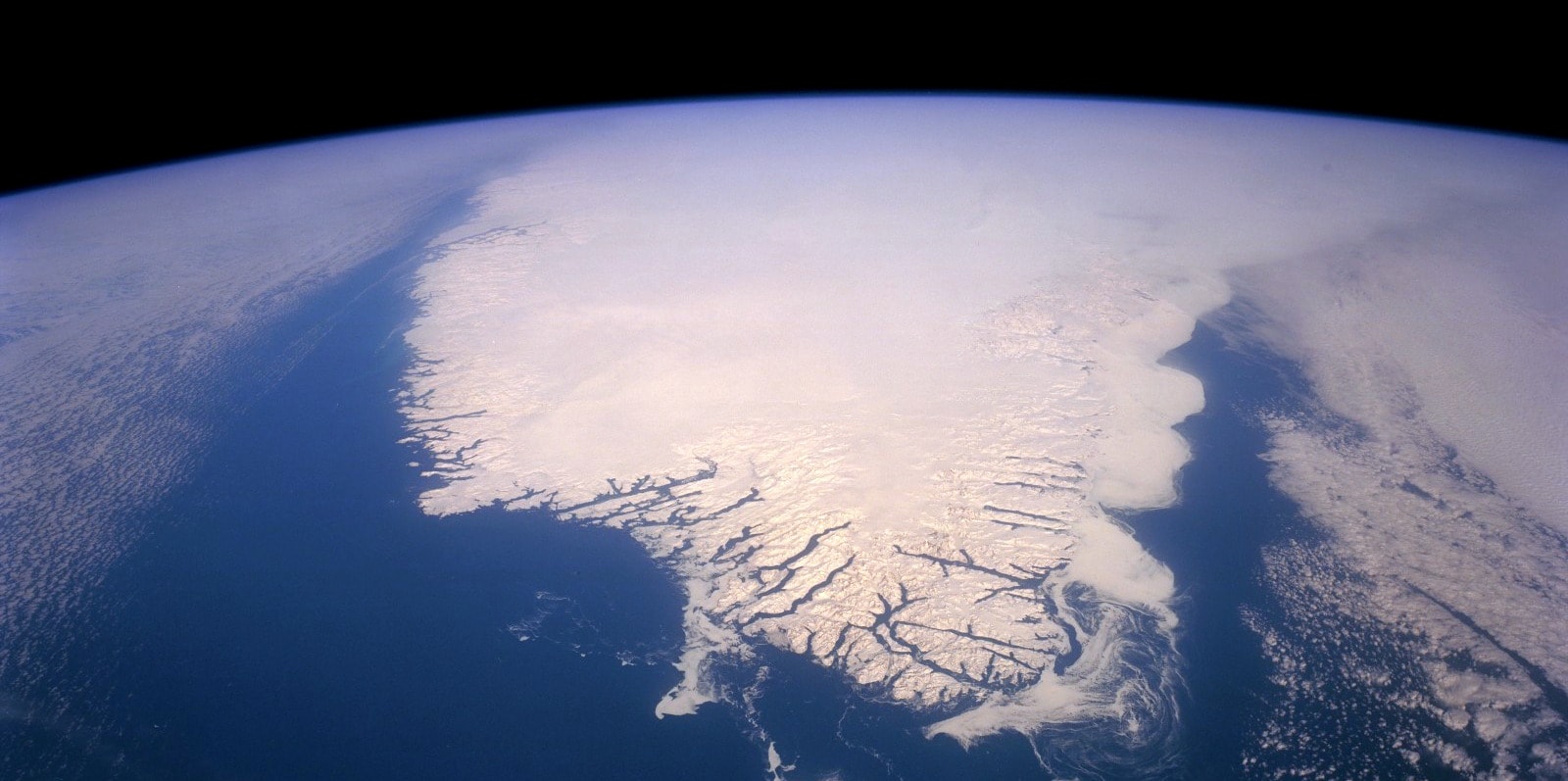Thwaites Glacier floats off the Antarctic into the southern ocean. It is the world’s widest ice shelf covering a span of 120 kilometers; some estimate it to be the relative size of the UK.
On top of the ice shelf, roughly two-thirds of it is covered in fast flowing water, running freely into the ocean. Further back, the remaining one third of the ice shelf is slow moving water halted by an underwater mountain — but not for long. With the Thwaites Glacier cracking, this slow moving water and many arctic glaciers are waiting, having the potential to flow into the ocean raising sea levels by several feet.
New research reported by Pettit at the American Geophysical Union in New Orleans suggests this collapse of the ice shelf could happen as early as five years from now.
What are ice shelves?
Ice shelves are huge floating platforms of ice that extend to grounded glaciers on land. Ice shelves surround roughly 75% of Antarctica land and cover 1.561 million square kilometers.
Ice shelves can be found all over parts of Greenland, Northern Canada, the Russian Arctic and of course Antarctica.
Like many ecosystems, ice shelves have an important role in Antarctica. They play an important role in maintaining the Antarctic Ice Sheet and preventing ice streams and glaciers from floating into the Arctic.
Now, due to a number of factors, ice shelves are deteriorating and the consequences are vast.
How has this happened?
Scientists have noticed the Thwaites Glacier has been cracking for years now. This is due to several suspected reasons.
Climate change is at the forefront of the issue, warming the sea and melting the bottom part of the floating glacier.
As to how this warm water gets underneath ice shelves is due to “tidal pumping”. Tidal pumping is when the high tide raises the glacier up while low tide drops it back down. This up and down pumping allows the warm water to get beneath the glacier eventually melting away its ice.
The National Snow and Ice Data Center stated the Antarctic Peninsula has warmed 2.5 degrees Celsius or 4.5 degrees Fahrenheit since 1950 — becoming one of the fastest warming places in the world.
Ice shelf collapses are also attributed to an increased melt on the ice shelf surface. Warm air melts the ice shelves surfaces creating meltwater which eventually seeps into small cracks in the ice causing them to deepen and expand.
With warm water melting both the top and the bottom, these glaciers are caught in the middle of a furnace.
Besides warm temperatures, scientists have emphasized the decrease in sea ice may also be a contributing factor. As sea ice leaves a layer of protection between ice shelves and the ocean, without their appearance, waves have the capability to crash into the ice shelves.
However, this isn’t the first time a major glacier has had the potential to collapse.
In the late 90s’ parts of the Larsen Ice Shelf had disintegrated and collapsed. Since the Larsen Ice Shelf is so big, it is divided into sections Larsen A – D, A which is the smallest and C which is the largest. Between January 1995 to March 2002, Larsen A and B disintegrated to a drastic extent. In January 1995, Larsen A lost 2,000 square kilometers of ice and saw an iceberg cave off its side. Between the span of February 1998 and March 2002, Larsen B had 4,717 square kilometers disintegrate into the ocean, 2,717 of those kilometers melting in just 35 days.
Alongside the Thwaites Glacier, recent research suggests Antarctica’s fourth largest ice shelf, Larsen C, is also on the brink of collapse.
Like other ice shelves, scientists and researchers have observed the Thwaites Glacier chipping away for some time now.
In 2019, scientists discovered a six mile long, 1,000 foot deep cavity that lost 14 billion tons of ice.
By 2020, it was reported that ice shelves have lost roughly 4 trillion metric tons of ice since the mid 1990s.
Thwaites already contributes to roughly 4% of annual global sea level rise.
With Thwaites Glacier facing what seems to be impending doom, according to the British Antarctic Survey the collapse of such a large ice shelf could cause sea levels to rise by 25%. The water in the ice shelf would raise sea levels by 2 feet, though if glaciers fall once the ice shelf collapse occurs, sea levels can rise up to 10 feet.
With the Pettit researchers estimating the earliest collapse to be just 5 years away, Ted Scambos, a senior research assistant at the Cooperative Institute for Research in Environmental Sciences and a contributor to the Pettit research stated in a news release the collapse of Thwaites could be detrimental to Antarctica. “If Thwaites were to collapse, it would drag most of the west Antarctic ice with it,” Scambos said. “So it’s critical to get a clearer picture of how the glacier will behave over the next 100 years.”
The Pettit researchers noted ITCG research examining future sea-level projections will be essential for policy makers to consider in order to adapt to sea levels rising in the next 100 years.
Decades and even centuries to come, scientists expect major ice loss within the Antarctic. The biggest challenge for these scientists is identifying when and how fast the deterioration of these ice shelves will occur.
Unlike the end of the world described in the Netflix film Don’t Look Up, this is a slow moving death. Scientists have observed the Antarctic withering away for decades. Centuries from now, they will continue to watch it wilt, changing our sea, land and world drastically — unless there’s change.
Editor’s Note: The opinions expressed here by Impakter.com contributors are their own, not those of Impakter.com. — Featured Photo: West Antarctica’s Thwaites Glacier on May 31, 2017. Source: Flickr














